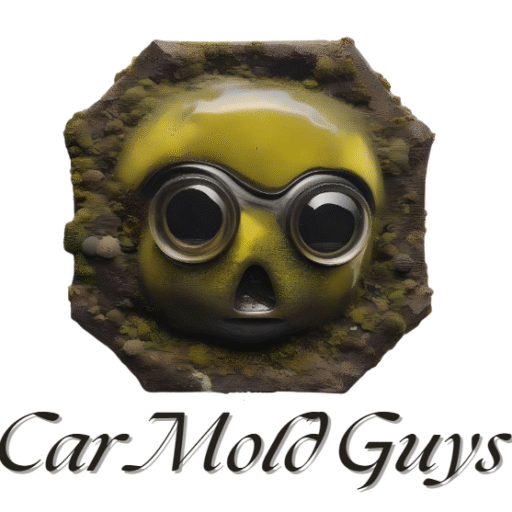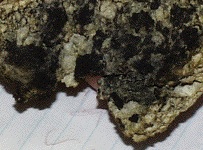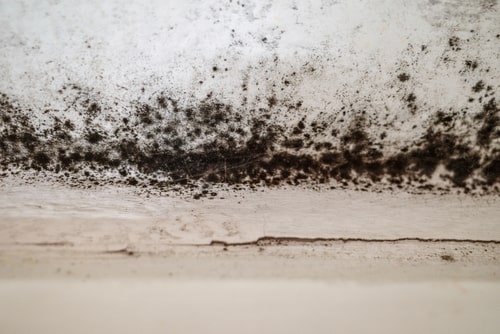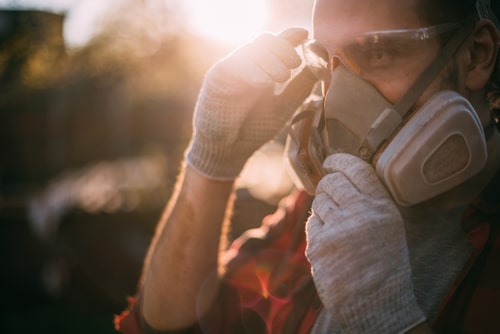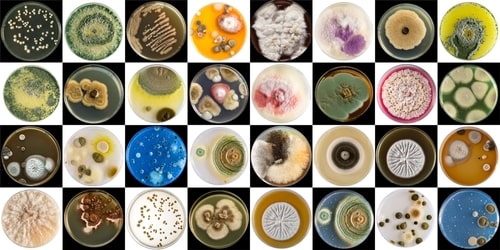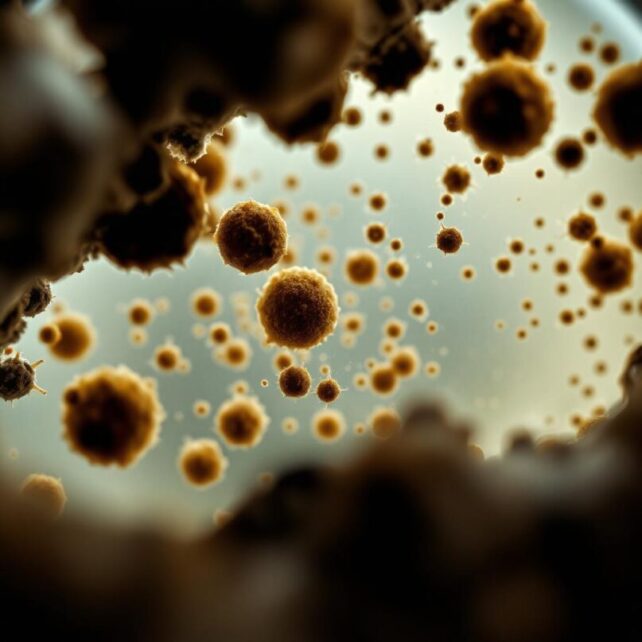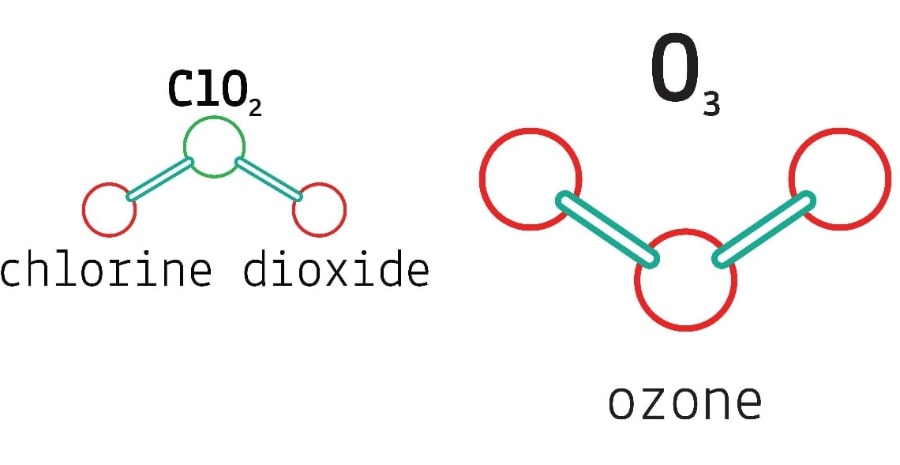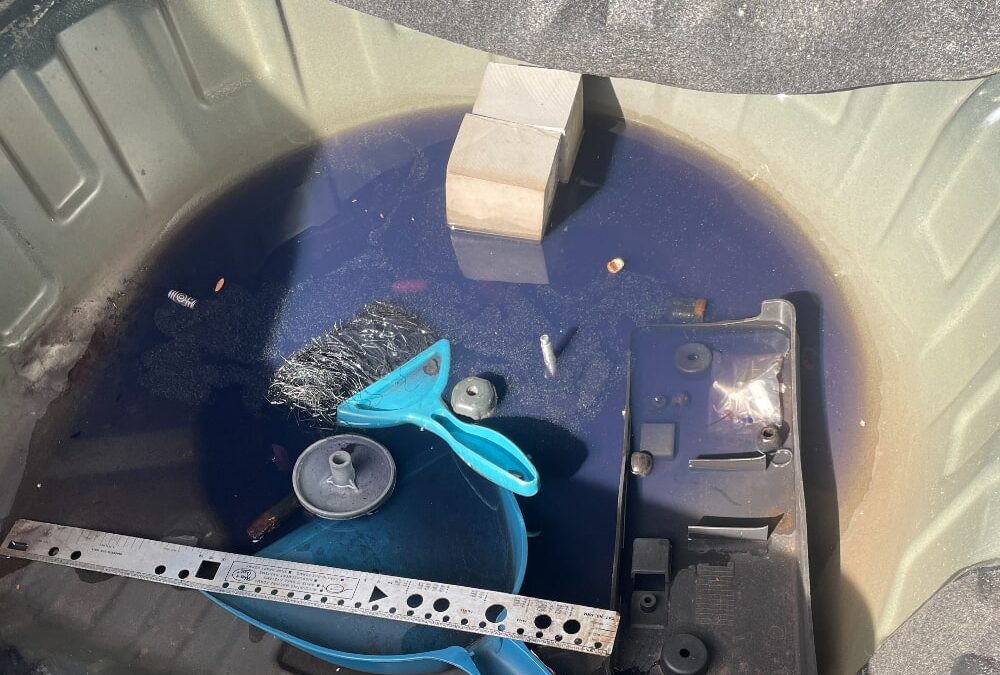The Latest Medical Treatments for Mold Exposure
Mold exposure has become a growing concern due to its link to respiratory issues, allergic reactions, and more severe health problems. Advances in medical research and treatment protocols have provided new ways to diagnose and manage the effects of mold exposure effectively. In this article, we’ll explore the latest treatments and strategies to help individuals recover from the impacts of mold exposure.
Understanding Mold Exposure
Mold is a type of fungus that thrives in damp, warm, and humid environments. Common indoor molds include Aspergillus, Cladosporium, and Stachybotrys (commonly known as black mold). Mold exposure typically occurs through inhalation of spores, direct skin contact, or ingestion of contaminated materials.
Symptoms of mold exposure can range from mild, such as nasal congestion and skin irritation, to severe, including chronic fatigue, respiratory distress, and neurological symptoms. In individuals with weakened immune systems, mold exposure can lead to invasive fungal infections, a potentially life-threatening condition.
Latest Diagnostic Advances
Early and accurate diagnosis is crucial for effective treatment. Recent advancements in diagnostic tools include:
1. Biomarker Testing
Emerging research has identified specific biomarkers that indicate mold exposure and mycotoxin presence in the body. Blood, urine, and even nasal swab tests can now detect mycotoxins like ochratoxins and aflatoxins with high accuracy.
2. Advanced Imaging Techniques
High-resolution imaging, such as CT and MRI scans, can identify inflammation or fungal infections in the sinuses, lungs, or brain caused by mold exposure.
3. Genomic Testing
Genomic testing identifies genetic susceptibilities to mold-related illnesses. For example, individuals with HLA-DR gene variants are more prone to chronic inflammatory response syndrome (CIRS) triggered by mold exposure.
Cutting-Edge Treatments
Treating mold exposure often requires a multifaceted approach tailored to the individual’s specific symptoms and severity of exposure. Below are some of the latest treatments gaining traction.
1. Antifungal Medications
Antifungal medications remain a cornerstone of treatment for mold exposure, particularly in cases of invasive fungal infections. New developments include:
-
Isavuconazole (Cresemba): An FDA-approved antifungal effective against invasive aspergillosis and mucormycosis. It has fewer side effects compared to older antifungals like amphotericin B.
-
Itraconazole in Liposomal Form: The liposomal formulation improves absorption and reduces gastrointestinal side effects, making it more patient-friendly.
2. Mycotoxin Binders
Mycotoxin binders are substances that help eliminate mold toxins from the body.
-
Activated Charcoal and Bentonite Clay: These natural binders are gaining popularity for their ability to trap mycotoxins in the gastrointestinal tract, preventing reabsorption.
-
Cholestyramine: Originally used to lower cholesterol, this prescription medication has shown efficacy in binding mycotoxins and facilitating their excretion.
3. Nasal and Sinus Therapies
Chronic sinus infections are a common complication of mold exposure. Recent innovations include:
-
Antifungal Nasal Sprays: Compounded sprays containing amphotericin B or itraconazole can directly target fungal growth in the sinuses.
-
Saline Irrigation with Additives: Saline rinses combined with xylitol or colloidal silver have shown promise in reducing mold colonization in the sinuses.
4. Hyperbaric Oxygen Therapy (HBOT)
HBOT involves breathing pure oxygen in a pressurized chamber, which increases oxygen levels in tissues. This therapy can:
5. Intravenous (IV) Therapy
IV treatments are gaining popularity for delivering high concentrations of nutrients and detoxifying agents directly into the bloodstream. Common protocols include:
-
Vitamin C Therapy: High-dose vitamin C acts as an antioxidant, reducing inflammation and supporting immune function.
-
Glutathione Infusions: Glutathione, the body’s master detoxifier, helps neutralize mycotoxins and supports liver function.
6. Immunotherapy
For individuals with severe allergic reactions to mold, sublingual or subcutaneous immunotherapy can help desensitize the immune system. These therapies involve introducing small amounts of mold allergens to train the body to tolerate them over time.
Holistic and Complementary Approaches
Complementary therapies are often used alongside conventional treatments to support overall recovery.
1. Nutritional Support
Proper nutrition is essential for detoxification and immune system recovery. Specific dietary strategies include:
-
Anti-Inflammatory Diet: Emphasizes whole foods, omega-3 fatty acids, and antioxidants.
-
Probiotics and Prebiotics: Support gut health, which is often compromised during mold exposure.
2. Infrared Sauna Therapy
Infrared saunas promote sweating, which can help eliminate toxins through the skin. Studies suggest this therapy may enhance the excretion of mold toxins.
3. Adaptogenic Herbs
Herbs like ashwagandha, rhodiola, and milk thistle may support adrenal function and liver detoxification during recovery.
Preventing Re-Exposure
Treatment of mold exposure is incomplete without addressing environmental factors. The latest advancements in mold remediation and prevention include:
1. Air Purification Technologies
High-efficiency particulate air (HEPA) filters and photocatalytic oxidation purifiers can significantly reduce mold spores and toxins in indoor air.
2. Environmental Testing and Remediation
Advanced mold detection technologies, such as DNA-based testing (e.g., ERMI or HERTSMI-2), offer precise identification of mold species in homes and workplaces. Professional remediation services use cutting-edge tools like dry fogging and biostatic coatings to eradicate mold and prevent regrowth.
Research Frontiers
Emerging research continues to shed light on mold exposure and its effects. Promising areas include:
-
Microbiome Restoration: Understanding how mold disrupts the gut microbiome and developing targeted probiotics to restore balance.
-
Epigenetics: Investigating how mold exposure influences gene expression and identifying interventions to reverse harmful effects.
-
Drug Development: Creating next-generation antifungals with improved efficacy and safety profiles.
Conclusion
The landscape of mold exposure treatment is rapidly evolving, offering hope for individuals affected by this complex health issue. From advanced diagnostics to innovative therapies and holistic approaches, medical advancements are providing comprehensive solutions to address the challenges of mold exposure. If you suspect mold exposure, consult a healthcare professional for personalized care and consider implementing preventive measures to create a mold-free environment.

